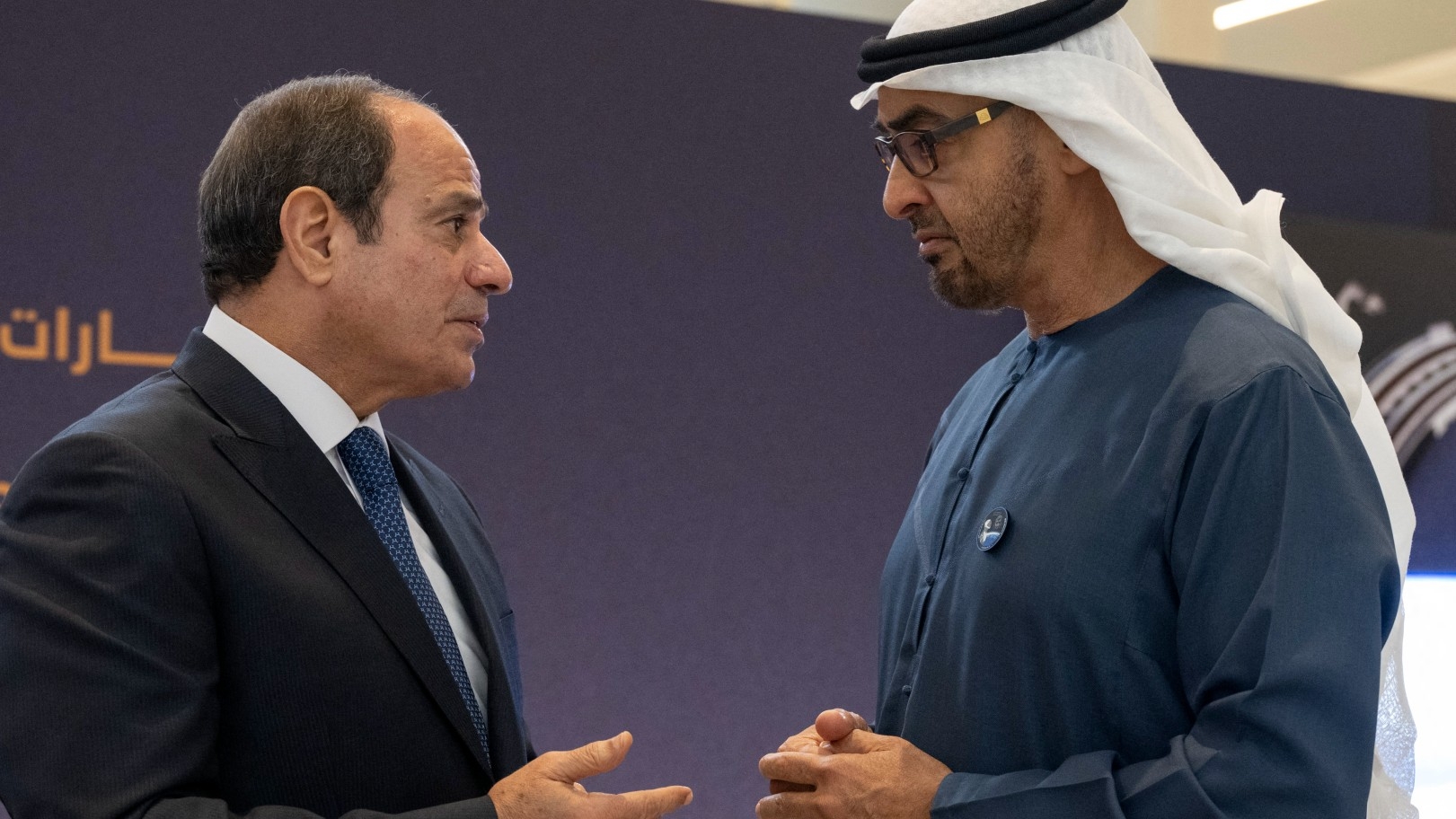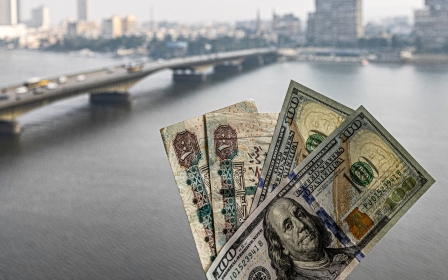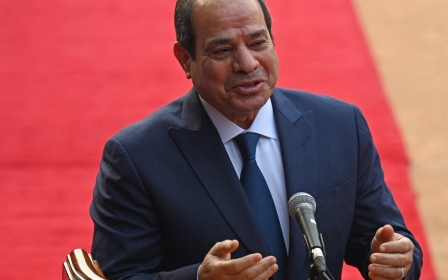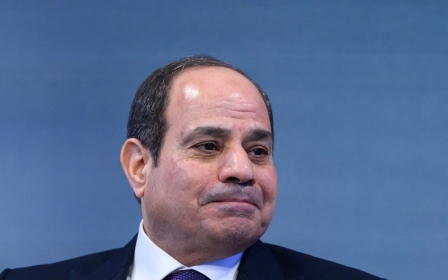Egypt-UAE investment deal: A rescue package for Sisi's regime

In a surprise announcement this month, Egyptian Prime Minister Mostafa Madbouly unveiled one of the biggest foreign direct investment deals in his country’s history: a $35bn project to develop the Ras al-Hikma peninsula west of Alexandria.
The project could eventually generate as much as $150bn in investments, Madbouly said, and the Egyptian government will retain a 35 percent stake. The timeframe for the expected returns was not specified.
Considering the dubious economic rationale for this deal, there is good reason to believe it is a rescue package for the regime, rather than a genuine investment.
It comes alongside renewed negotiations to expand a previous $3bn loan deal with the International Monetary Fund, with speculation that the total value could reach $10bn.
This again shows that international intervention is afoot to save the regime from its crushing debt crisis. But rather than resolving the fundamental causes of the crisis, this intervention will only alleviate its symptoms, while shielding military elites from repercussions and deepening the evisceration of the middle class and the poor.
Whether this money will be enough to alleviate the crisis remains an open question, but there are strong indicators that it will be sufficient to ensure that the regime avoids default, and does not have to restructure its debt - options that would entail painful economic measures and mass public suffering.
In early 2023, Egypt’s financing gap over the next four years was estimated at $17bn. In the 2024 fiscal year, Egypt owes more than $29bn in external debt service. The cash infusion will go a long way towards meeting the country’s obligations in the medium term.
Staving off collapse
In the short term, the infusion will also allow the regime to temporarily stave off a total collapse of the Egyptian pound, which reached a historic low of 70 pounds per dollar on the black market in January, while the official exchange rate stood at 31 pounds per dollar.
The cash reserves could also be used to keep the looming devaluation to acceptable levels, avoiding an uncontrollable spiral. In addition, they could help to clear an import backlog, estimated at $6-9bn, which has created substantial shortages and paralysed the economy.
This was not the regime's first bailout, nor will it be its last, as long as the 'too big to fail' logic continues to prevail
But these remedies are quick fixes, with the longer-term prospects for reform being more remote than ever. It is doubtful that this project, or others like it, will provide a permanent solution to the country’s economic woes.
The regime’s bet on the motto “Egypt is too big to fail” seems to have paid off, with disastrous consequences for the prospects of reform. In the long term, the regime will face the same fundamental choice it has faced before: continuing its policy of debt-funded, militarised state capitalism, or allowing the civilian private sector to play a more active role in the economy, with heavier capital investment.
Judging by the regime’s track record - namely its refusal to implement even modest reforms over the past two years, and the dominant position of the military within the political system - there is very little reason to believe it will fundamentally change course.
On the contrary, the logic of mega-projects is vindicated by the latest Emirati investment, with Madbouly proclaiming expected returns of $150bn.
There is, however, good reason to doubt this figure, firstly because of its sheer size. Egypt’s entire GDP stood at around $477bn in 2022; returns of $150bn would thus be enormous for an economy of its size. This would also mark a fantastical return on a $35bn investment, more than quadrupling its value.
Compounding folly
This is not the first time the regime has provided vague or unfounded figures for the return on investments in mega-projects, with President Abdel Fattah al-Sisi asserting in October 2022 that 40 newly built cities had added 10 trillion Egyptian pounds' ($324bn) worth of assets to the state, without explaining how this value was calculated.
Consequently, even though the new rescue package should alleviate the immediate symptoms of Egypt’s crisis, the hard currency shortage will continue to plague the regime in the longer term. This means it will likely try to continue its borrowing spree, merely postponing rather than resolving the crisis, and in fact deepening it as the military continues to entrench itself in the economy.
International intervention to save the regime from its own folly will only compound this.
One can scarcely imagine that the regime’s international allies are unaware of its unsound economic policies and atrocious human rights record, but the global community - including the US, EU and Gulf states - seem to have come to the realisation that the regime is willing to risk a catastrophic collapse to avoid reforms.
This has pushed those who had been reluctant to support the Egyptian regime to swiftly offer aid, with Saudi Arabia also in talks about a $15bn project to develop the Red Sea. Indeed, with the ongoing Gaza war and the civil war in Sudan, the stability of Sisi’s regime has become a paramount concern for his allies, even if this means allowing it to avoid much-needed reforms.
Such short-term remedies will only aggravate the structural problems of the Egyptian economy, which continue to devastate the lives of the civilian masses. This was not the regime’s first bailout, nor will it be its last, as long as the “too big to fail” logic continues to prevail.
The views expressed in this article belong to the author and do not necessarily reflect the editorial policy of Middle East Eye.
Middle East Eye propose une couverture et une analyse indépendantes et incomparables du Moyen-Orient, de l’Afrique du Nord et d’autres régions du monde. Pour en savoir plus sur la reprise de ce contenu et les frais qui s’appliquent, veuillez remplir ce formulaire [en anglais]. Pour en savoir plus sur MEE, cliquez ici [en anglais].






